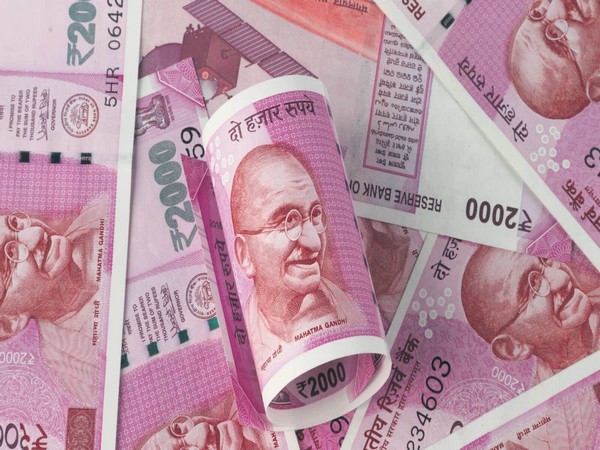New Delhi: The Reserve Bank of India recently released a statement revealing that about 2.1 per cent or Rs 7,581 crore of the withdrawn Rs 2,000 banknotes have not yet been returned, almost nine months after the deadline to deposit or exchange them at bank branches has passed. This means that 97.87 per cent of the total value of the high-value Rs 2,000 banknotes are back in the banking system by the end of June 2024. The total value of Rs 2000 banknotes in circulation was Rs 3.56 lakh crore as of May 19, 2023, the date on which the RBI decided to withdraw the banknote.
The last day for the public to exchange or deposit high-value Rs 2,000 banknotes at banks was October 7, 2023. However, the option to deposit and exchange these banknotes is still available at the 19 issue offices of the RBI located in various cities including Ahmedabad, Bangalore, Chennai, Mumbai, New Delhi, and others. People from within the country can also send Rs 2,000 banknotes through India Post from any post office to any of the RBI Issue Offices for credit to their bank accounts in India. It is important to note that the Rs 2000 banknotes are still considered legal tender.
The Rs 2000 banknote was initially introduced in November 2016 to quickly meet the currency needs of the economy after the discontinuation of all Rs 500 and Rs 1000 banknotes. The objective was to ensure an expedited circulation of currency in the economy. Once banknotes in other denominations became available in sufficient quantities, the need for Rs 2000 banknotes decreased, eventually leading to the cessation of printing of these notes in 2018-19. Despite this, the Rs 2000 banknotes continue to remain legal tender and can be used for transactions as usual.
The RBI has made it clear that the window for depositing and exchanging Rs 2,000 banknotes remains open at their issue offices. This offers people the opportunity to bring their remaining banknotes and have them credited to their bank accounts. The locations of these issue offices cover major cities across India, making it convenient for individuals to access these services. It is advisable for those in possession of these banknotes to take advantage of this opportunity and ensure that their money is securely deposited in their accounts.
As per the latest data, a significant majority of Rs 2,000 banknotes have been returned to the banking system since their withdrawal. The remaining small percentage that is yet to be returned represents a relatively small value of the total currency in circulation. This indicates that the process of demonetization and withdrawal of high-value banknotes has been largely successful, with the vast majority of the currency having been accounted for within the banking system. The RBI continues to monitor and manage this process to ensure a smooth transition and efficient handling of the remaining banknotes.
In conclusion, the withdrawal of Rs 2,000 banknotes has been a strategic move by the RBI to streamline the currency system and manage the circulation of high-value currency in a more organized manner. The continued availability of deposit and exchange services for these banknotes at RBI issue offices provides individuals with the means to properly account for their currency and have it credited to their accounts. This ensures that the demonetization process is completed successfully, with the majority of the currency accounted for within the banking system. The presence of the Rs 2000 banknotes as legal tender also offers people the option to continue using them for transactions as needed.











